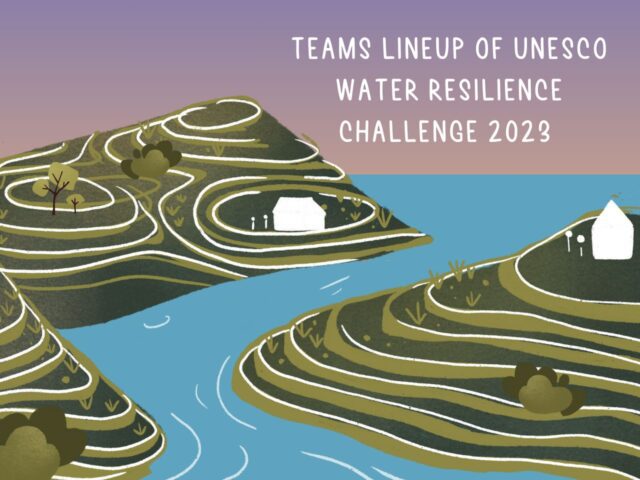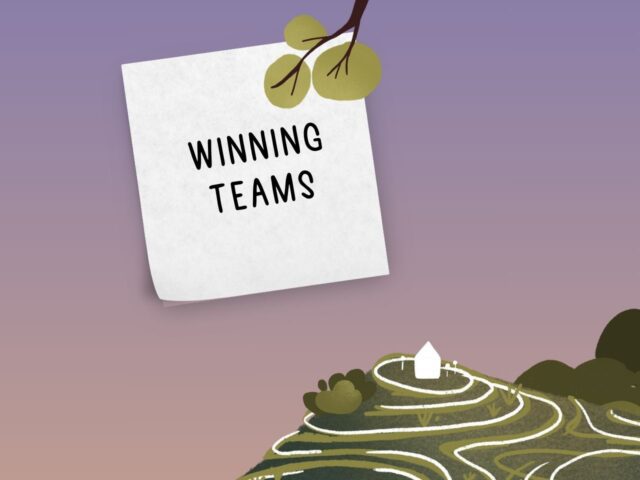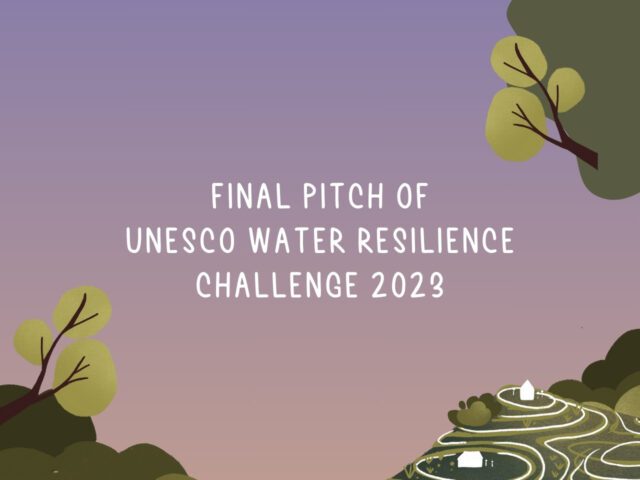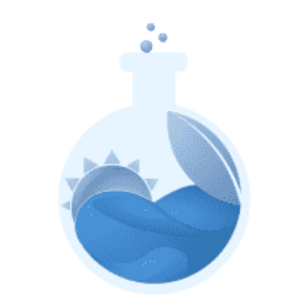Upon the opening of the registration announcement, entries from different Southeast Asian countries have been submitted. The team selection process was challenging as these teams presented diverse initiative solutions, showcasing not only practical but also theoretical innovations tailored for UNESCO-designated sites. Having thoroughly completed the selection process, the selected teams are set to participate in the UNESCO Water Resilience Challenge: Youth Action for Water.
Selected Teams
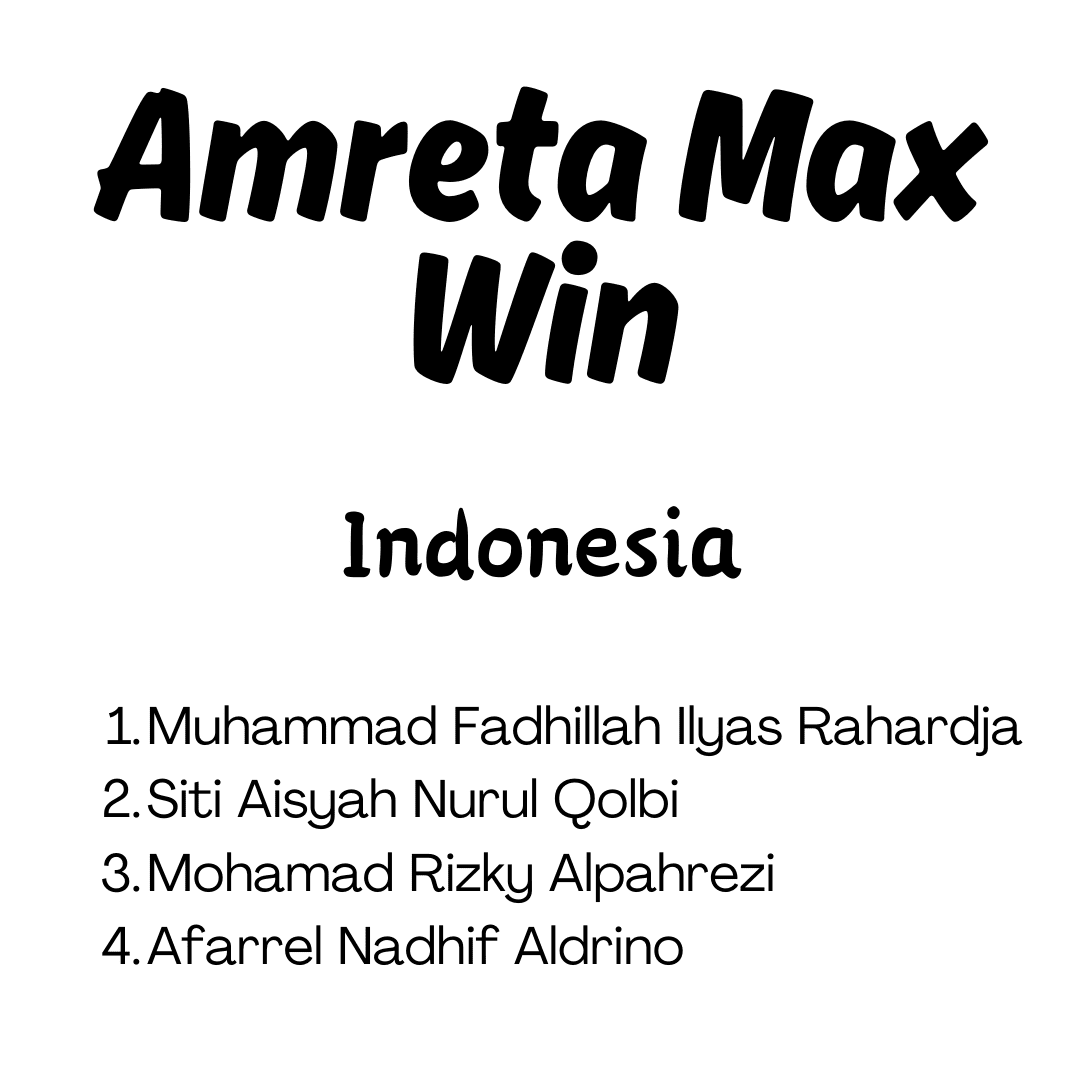
Amreta Max Win proposes the application of a sustainable urban drainage system consisting of communal rainwater harvesting with infiltration wells and retarding basins. These will be integrated with a precise irrigation system, which can be monitored by several sensors powered by solar panels, to empower the local communities to become water-resilient in Ciletuh.

AquaCleanse Cambodia offers a device that utilises solar energy to power its Reverse Osmosis System and UV steriliser, offering a sustainable and cost-effective water purification solution which may eliminate the challenges of accessing clean water and the risks of waterborne diseases, ensuring consistent access to sufficient clean water in Tonle Sap in Cambodia.

To solve the water pollution problem in Palawan, AquaGuardian Philippines will utilise a specialised Adsorption Filtration Process, incorporating zeolites and bentonites, to effectively capture microplastics and heavy metals such as polypropylene, polyethylene terephthalate, and low-density polyethylene during the sediment filtration stage.
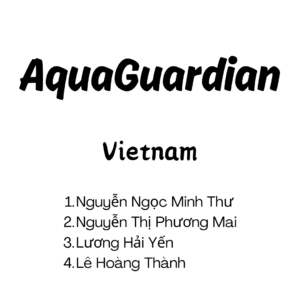
To reduce river water pollution in Can Gio Mangrove, AquaGuardian Vietnam offers a plan to build wetlands for the study area, with natural erosion control and carbon absorption functions, improve water quality and add aesthetically pleasing greenery.

Aying aims to establish an effective and sustainable water finance framework by innovating financial models to address water-related issues in Kampong Ayer, located in Bandar Seri Begawan, Brunei Darussalam.
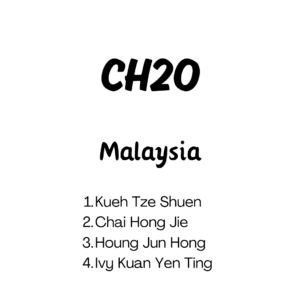
CH2O aims to encourage water preservation in UNESCO’s Crocker Range biosphere by offering AquaTally, a self-powering device that monitors water usage and alerts when it detects leakage or overuse. This is designed to be universally applicable in any UNESCO-designated site, and they chose the Crocker Range for their breakthrough case study.

Ecosolvers’ endeavour targets the mitigation of water scarcity critical for the survival of Jaco Island’s indigenous deer population and broader biodiversity. Proposing the implementation of solar-powered distillation, their innovative solution aims to establish a sustainable freshwater production system. By harnessing filtered seawater, they aim to create a consistent and reliable supply of fresh water, nurturing habitat restoration and bolstering the island’s fragile ecosystem.
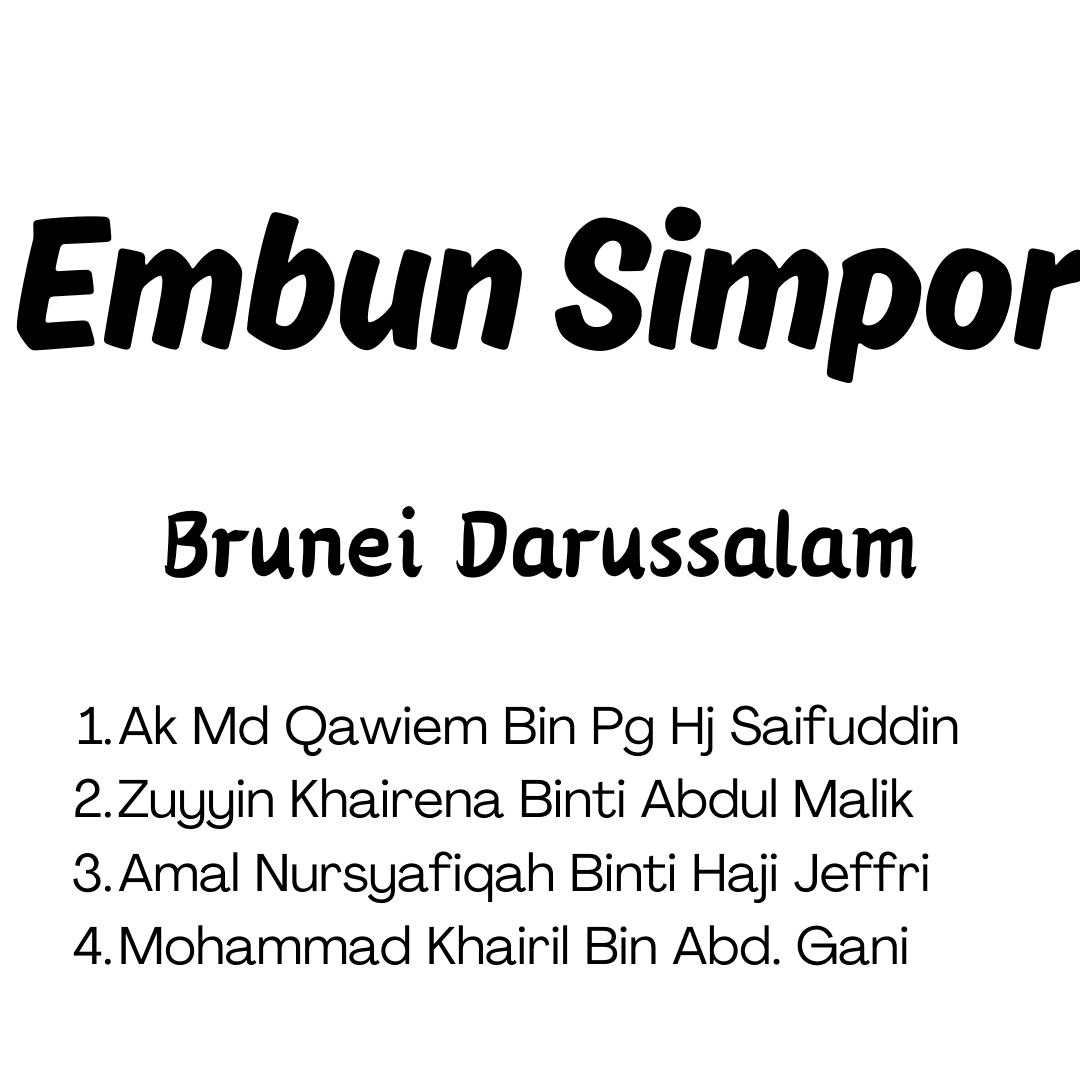
These young agricultural professionals, Embun Simpor, propose drones and IoT devices to address the immediate challenge of water scarcity and to offer a resilient approach to the long-term impacts of climate change on agriculture in rural areas in Temburong district.

ESD offers a comprehensive project for Phong Nha-Ke Bang National Park that aims to address the threats to the park’s water resources. This project aims to improve water quality in the park’s rivers and streams, to increase the quantity of water available in the park, to protect the park’s ecosystems from the impacts of water pollution and climate change and to promote sustainable water use practices among the communities that live around the park.

FlowRescue proposes to create an NGO called “FlowRescue” that specialises in creating campaigns to educate youth and adults on the harmful effects of overfishing in Tonle Sap. The campaigns include Engaging Consumers, Involving Fishermen, Leveraging Social Media, Collaborative Platforms, Data-Driven Social Impact and Collaboration with Authorities.
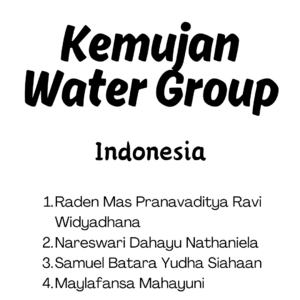
Kemujan Water Group proposes rainwater harvesting, constructed wetland and shrimp wastewater management in Kemujan Village (Karimunjawa) to enable accessible water for all, to ensure Kemujan water is resilient and safe for consumption and to maintain the beauty of the water’s surroundings.

Make Water OK offers HydroDataHub, a web application that tracks the water usage of each tourist site at Penang Hill. It can also collect data on landslide hazard mapping (geographic information system) of Penang Hill areas.
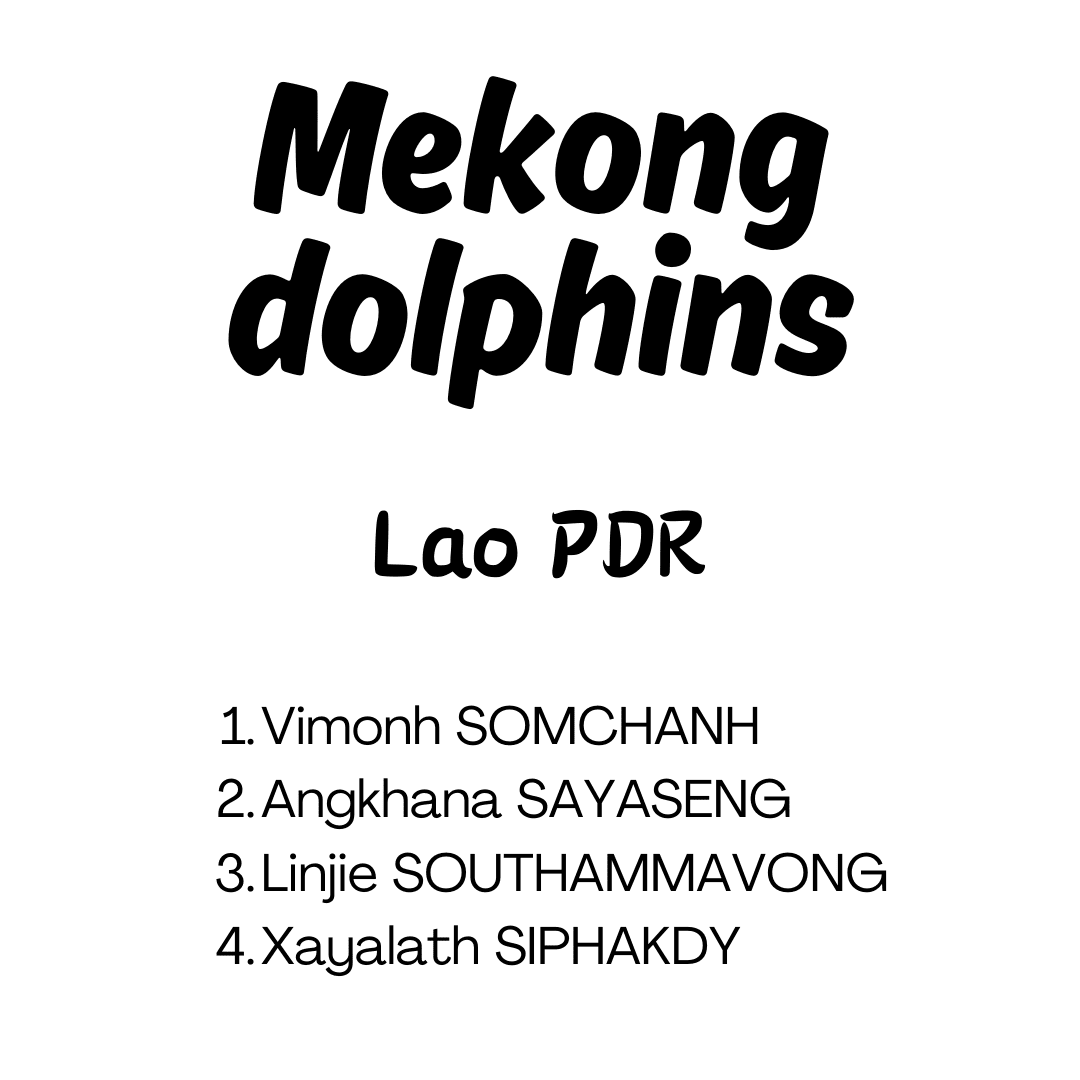
Mekong Dolphins aims to build a training centre in a Biosphere Reserve like Ranong in Thailand for educated people to repair the environment and regenerate the waterways.
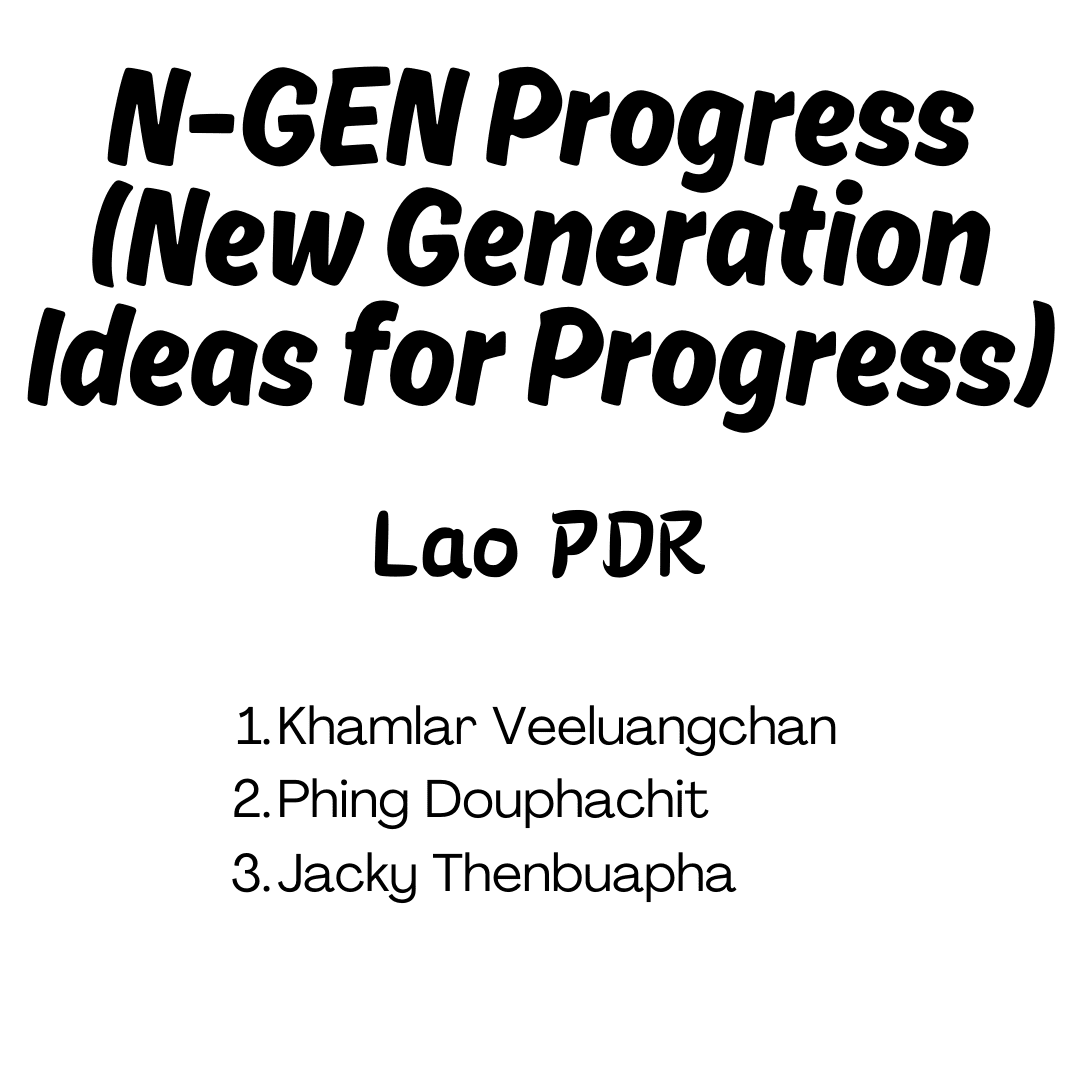
N-GEN Progress seeks to make Vang Vieng an environmental model city by planting trees, creating river-friendly tourist accommodations, training communities in environmental protection, using innovative water surface garbage collection methods, and collaborating with recycling projects and environmental organisations for effective waste management.

For circular economy solutions for the fisheries and tourism sectors for biodiversity conservation and water resilience in the Cat Ba Archipelago, Nori offers ideas including offshore aquaculture, experiential fishery tourism, cleaning the water and marine areas, and recycling waste.

Oceanic UTM‘s solution idea is a BIM-Based Drainage Network System designed for data collection and analysis of LiDAR scans, GIS information and Meteorological data for an integrated drainage system, pollution prevention and mitigation and community engagement and awareness in Penang Hill Biosphere Reserve.

For solving a growing threat of various water pollutants to this pristine ecosystem of The Puerto Princesa Underground River, S.O.L.A.R.W.I.S.E offers SOLARWISE, an innovative motorised filtration system with a membrane biofilter, activated charcoal, sand and UV rays that is incorporated into the establishment’s sewage network.

Suwarnadwipa’s Team offers Forest Healing for the Leuser Ecosystem, located in two provincial administrative regions, Aceh and North Sumatra. This program uses the concept of ecotourism in collaboration with the government, the private sector, and the community, especially the Kluet community in Alur Keujrun Village. It’s an awareness program for tourists, where they will experience living in a remote village with no signal and witness the crucial role of forests in water governance.

Tim Banyu offers a curriculum-based activity in Mount Merapi National Park, designed to teach children about water conservation principles, various water resources, the water hydrological cycle and proper water usage as an effort towards sustainability through interactive outdoor adventures.

Tirta Rangers aims for solutions for the short term (to spread awareness with local wisdom to develop integrated solutions), middle term (to make rainwater Absorption wells with local wisdom) and long term (to escalate the functions of BWRO with renewable technology) to solve drought problem in Mount Batur.
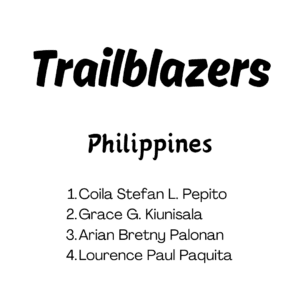
Trailblazers offers AQUAvation, an educational game with the primary objective of teaching the youth, primarily the ages 15-24 years old, effective water conservation methods. It encourages players to engage in decision-making processes, such as negotiating and acquiring water conservation properties in Palawan.
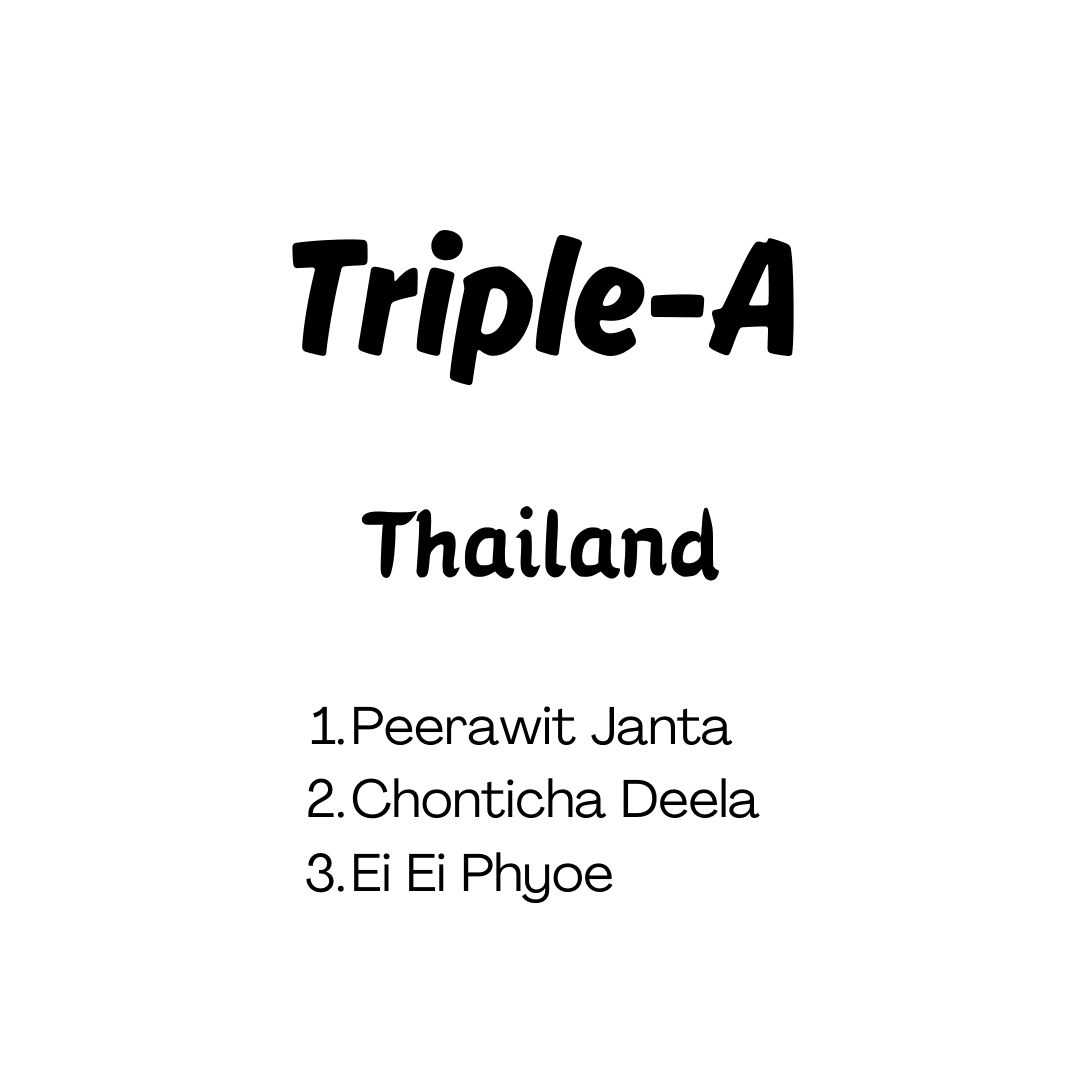
Triple-A proposes a comprehensive data collection initiative within Khao Yai National Park. They aim to estimate the degree of centralisation or decentralisation within the existing water treatment systems in this expansive and ecologically vital area.
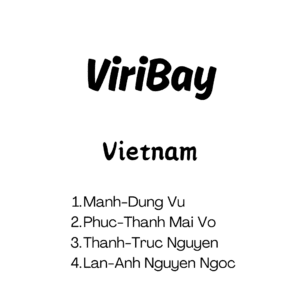
For integrated solutions for biodiversity conservation and water resilience in Ha Long Bay, ViriBay offers a plan involving non-technical strategies, such as partnering with travel agencies for tree-planting and fundraising, and technical solutions, including reusing treated wastewater, implementing cost-effective fog harvesting for drinking water, and utilising microalgae for wastewater treatment and freshwater reservoir construction.

Water Warriors offers WATER WARRIOR FLOATER, a floating barrier machine to retract waste and oil leakages in Cambodia’s Tonle Sap Lake, connected to the impeller below the machine. The impeller rotates the retracted waste from one floating to another until it reaches the waste storage by the lake.
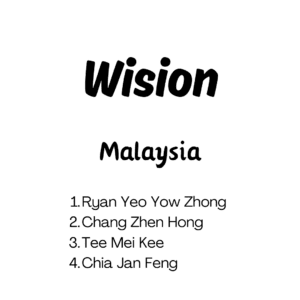
Wision aims to raise awareness and show the importance of sustainable water management to tourists through immersive Augmented Reality (AR) visuals of the past and future changes of one of the famous tourist attractions, Langkawi Geopark.
These teams will start their journey within the program through comprehensive training sessions and workshops, fostering the evolution of their innovative ideas. They will also have expert mentors to guide them, offering valuable advice and suggestions. Building upon these resources, the teams are challenged to develop their initiative ideas into practical solutions for improving water resilience at UNESCO-designated sites.

